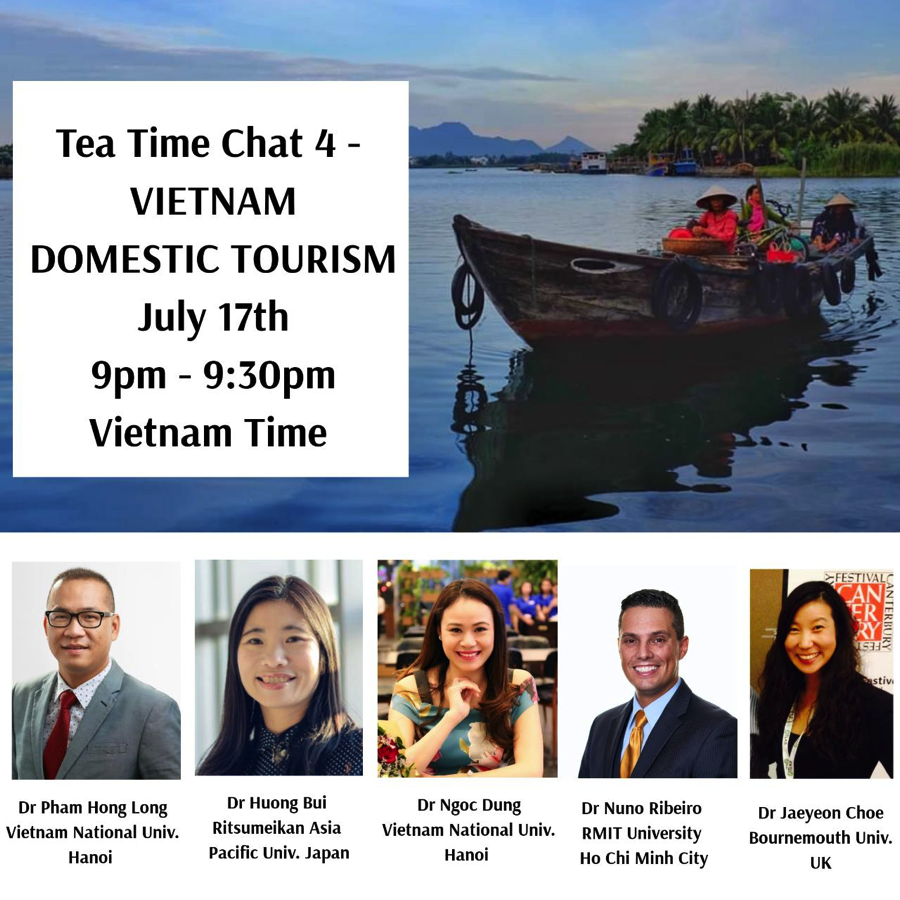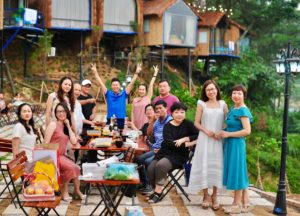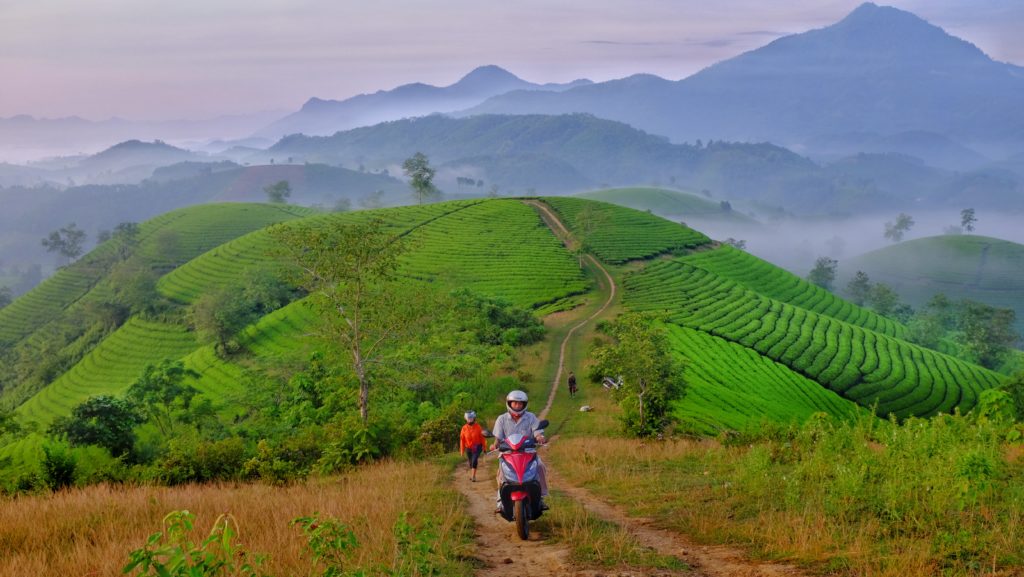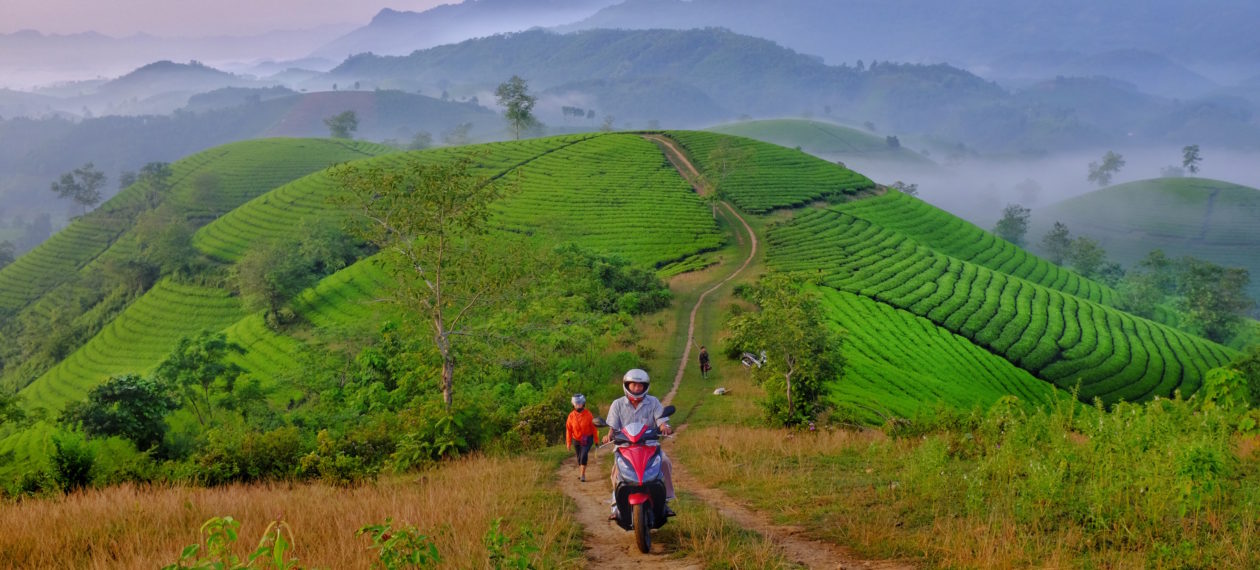Opportunities after COVID-19
By: Jaeyeon Choe
Vietnam has managed the COVID-19 pandemic relatively well, with no deaths recorded from the virus until late July, 2020. They did not have any corona cases for over 3 months. However, Vietnam just reported its first local transmission in 100 days, on July 25th, and recorded a total of 26 deaths as of mid-August. Having immediately shut down hot spots, the Ministry of Health noted that the COVID-19 outbreak is expected to be brought under control by the end of August.
While they have restricted international tourist arrivals, the Vietnamese government supports domestic tourism including offering locals free entrances to tourist attractions and discounts for hotels (up to 50%) to revitalise and boost the tourism sector. The Ministry of Culture, Sports and Tourism recently launched the national campaign “Vietnamese travel in Vietnam” in May, and there were increased flight frequencies and destinations. During a webinar that I organised in June 2020, “Southeast Asia Tourism, COVID-19 and Silver Linings,” Dr. Giang Phi mentioned that local people now enjoy those beautiful luxury resorts that previously had served only foreign tourists. It is positive that local people finally get to enjoy their own tourist facilities and resources!
The Vietnamese government was also considering extended annual leave days for local people in September, so they can travel more. This was discussed before the outbreak on July 25th. Vietnamese people apparently travel a lot less after this outbreak. However, it is still worth discussing the importance of the domestic market for Vietnam’s long-term tourism development.
Vietnam had 80 million domestic tourists and 15 million foreign tourists in 2019 according to a World Bank Report. However, government statistics and research have been primarily focused on foreign tourists. These statistics overlook the significance of the growing middle-class, which has expanded purchasing power and new lifestyles that include a demand for leisure travel.
Boosting domestic tourism is important for the livelihood as well as sustaining the tourism sector during the pandemic. Domestic tourism can accelerate the destination authorities to diversify tourism products as well as to diversify destinations within a country. As most tourism products have been geared toward to foreign tourists in Vietnam, there is a need for research on domestic tourists’ activity and destination preferences. Sophisticated research should be done on domestic tourists’ behaviour, so as to develop tourism market diversification.
To understand Vietnamese domestic tourists’ preferences and behaviour from local perspectives, I organised a webinar, “Vietnam’s Domestic Tourism” on July 17th, 2020 with three Vietnamese academics and an international scholar based in Vietnam.

During the webinar, Dr. Pham Hong Long explained that “food and beverage” establishments are the most crucial element for Vietnamese tourists. He emphasised that Vietnamese people aren’t shy about spending money on expensive food and drinks when they travel. He shared his personal story that he didn’t grow up with enough rice and meat. So when he travels now, he enjoys good food and drink regardless of price. He added that many Vietnamese tourists would do the same.
Dr. Huong Bui noted that domestic tourists spend more per person and per day on food and drink, compared to foreign tourists. However, because of their short holiday travel, they are often seen as spending less, says Dr. Bui. She also mentioned that there are collectivist tourist behaviours in Vietnam, and group packages are popular among work colleagues for team building and incentive tourism. Dr. Long added that these big groups often use 2-3 star hotels.

Dr. Nuno Ribeiro emphasised that there are multiple markets within the domestic tourism market, especially with emerging young millennials with new lifestyles, values and purchasing power.
Despite those opportunities, Dr. Nguyen Ngoc Dung raised a concern that local tourists are not yet responsible for their environmental impact with a lack of awareness. She stressed that the sustainability issues should be addressed as domestic tourism is growing.
All speakers agreed that Vietnamese domestic tourists like to visit famous tourist destinations while they are not interested in traveling to unexplored, remote and rural places. Dr. Long stated that domestic tourists prefer city and beach locations and comfortable resorts whilst not being interested in eco-tourism, nature-based activities and cultural tourism. “We are lazy, and we don’t like museums,” says Dr. Long. Similarly, Hannah Pearson, a Southeast Asia tourism consultant, pointed out during my mid-July interview with her that eco-tourism destinations in Malaysia primarily attract European tourists. Domestic tourists are not interested in eco-tourism sites. Thus, the tourism industry does need foreign tourists to fill the gap.

Wealthy elites predominate in domestic tourism. They have more time, money, lifestyles and resources to travel within Vietnam. We should realise that most local people don’t have the disposable income for travel and flights are still expensive for many. As Hannah Pearson says, many are also hesitant to travel due to a fear a second wave of COVID-19.
The Vietnamese government and local authorities should support budget travellers and people of all backgrounds. Small and medium size enterprises, especially those operating in remote areas, need support and investment. The rural and remote villages with high poverty rates can develop with eco-, cultural or spiritual/wellness tourism, providing new income sources and livelihoods. For example, agricultural production combined with tourism can offer higher profits to farmers than ‘traditional’ farming. In recent years, agro-tourism products have attracted tourists, bringing financial benefits to farmers in the south-central and southern provinces. This also has promoted environmentally-friendly business models among local farmers/villagers and tourists. These can be attractive to foreign tourists when Vietnam reopens in the post COVID-19 period.

Photo by Dr. Pham Hong Long.
